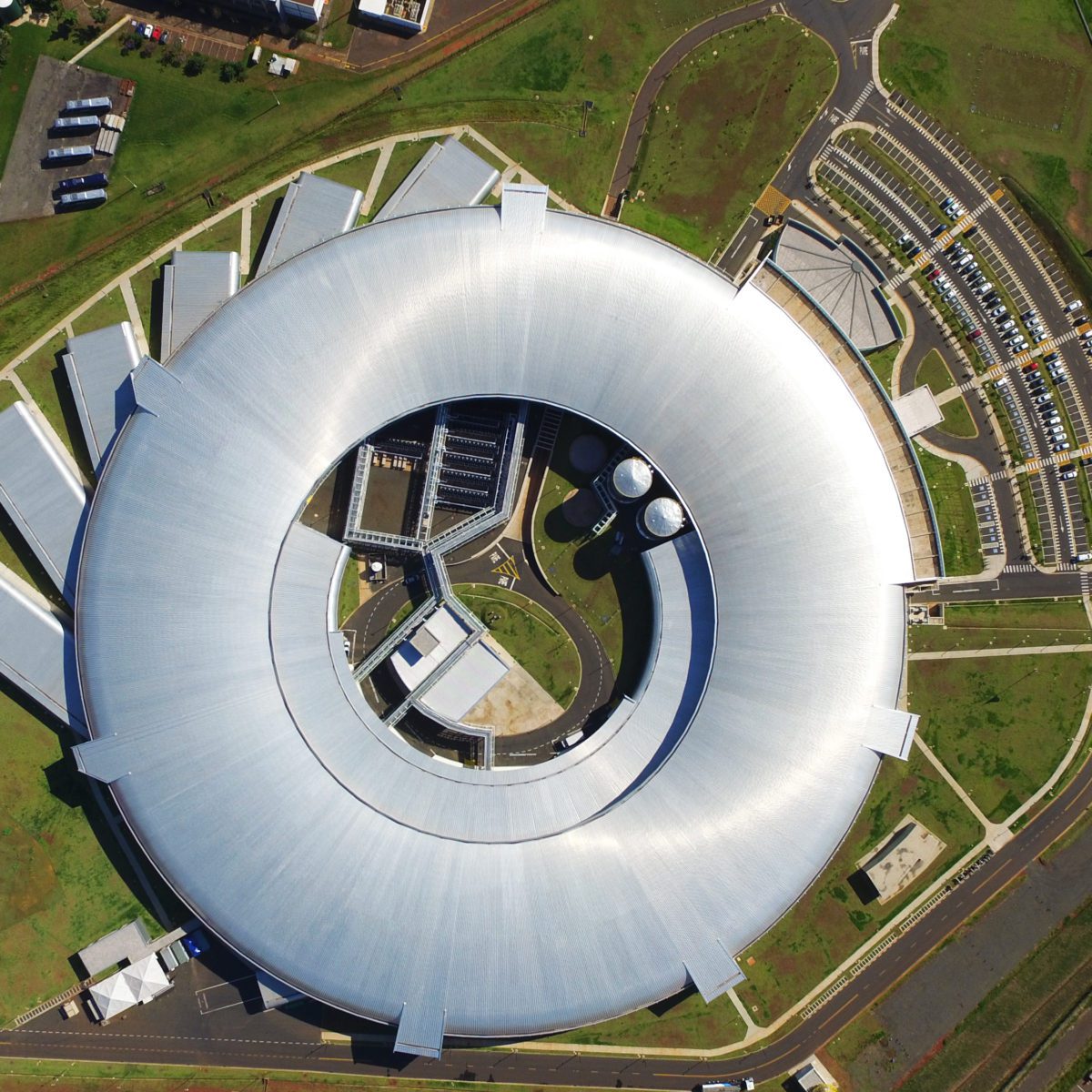
New understanding establishes parameters for a broad partnership in research of mutual interest, such as superconducting materials.
The European Organization for Nuclear Research (CERN), one of the world’s leading laboratories in particle physics and the Brazilian Center for Research in Energy and Materials (CNPEM), an organization supervised by the Brazilian Ministry of Science, Technology for Innovations (MCTI), have signed today, December 4th, a wide scientific and technological collaboration agreement.
The agreement establishes legal conditions for collaboration in research and resource sharing in any area of mutual interest, especially in technologies applied to the physics of particle accelerators, magnets, and superconducting materials. Such knowledge is of enormous value for the development of new technologies, both in science and in the industry.
“CNPEM’s partnership with CERN will allow the development of joint projects in several areas, especially superconductivity. Like any high-tech project, there will be a great involvement of the Brazilian industry, which will benefit from the project in the development and construction of cryostats, development and manufacture of superconducting wires and materials to operate in extreme conditions, manufacture of coils, development of fast power and diagnostics electronics, among other areas”, comments James Citadini, Manager of Engineering and Technology at CNPEM.
CERN, responsible for the operation of the Large Hadron Collider (LHC), the largest particle collider on the planet, is working on a feasibility study for a Future Circular Collider (FCC), a 100-kilometer long particle accelerator for research in the fundamental constituents of matter. This project requires human resources and the supply of materials certified under the highest technological standards.
“I am delighted to sign this collaboration agreement,” said Frédérick Bordry, CERN’s Director for Accelerators and Technology. “For 30 years, Brazil has been a strong partner in CERN’s scientific activities. The signature of this new agreement will enhance our collaboration in scientific research, training, innovation and knowledge-sharing in the field of accelerator technology. CNPEM and Brazil, have many proven skills and talent in this area and I am convinced that this will bring many mutual benefits and should also motivate industrial partners.”
CNPEM is an organization that brings together highly specialized professionals and multi-thematic teams. It achieved international recognition by designing and building Sirius, a state-of-the-art synchrotron light source, which has at its core one of the most advanced electron accelerators in the world. The Center is a unique infrastructure, aimed at research in strategic areas such as materials science, nanotechnology, biotechnology, physics, environmental sciences, and many others.
Despite their accelerators and research infrastructures acting on different objectives, both organizations have a history of excellent relationship and cooperation. This partnership is now renewed through a new agreement that allows a varied range of joint projects, initially for one year.
“Celebrating this agreement is a great satisfaction, as it demonstrates the potential of Sirius as a structuring project for Brazil. Sirius is more than an internationally competitive machine, designed in Brazil. Sirius also leaves a legacy of training highly specialized human resources, qualified to exchange information with the best research institutions in the world, in addition to stimulating innovation in Brazil. At this moment, our focus is to continue with the assembly of Sirius. However, this partnership is important for the future of our expertise aimed at scientific and technological development,” ponders Antonio José Roque da Silva, CNPEM’s Director-General.
Particle accelerators: What are the differences between Sirius and LHC, from CERN?
The particle accelerators Sirius, from CNPEM, and the LHC, from CERN, have some similarities, but they are quite different. In both, subatomic particles are guided by magnets inside metallic vacuum chambers along a circular path. As such, some of the components that make up these accelerators are similar, which is why an agreement between the institutions that house each of these infrastructures opens technological opportunities for both. However, the scientific objectives of each of these infrastructures are different.
At the LHC, proton beams are accelerated in opposite directions so that they collide with each other. Researchers detect and analyze these collisions to study matter on the subatomic scale and investigate the most fundamental structure of the universe. On the other hand, in a synchrotron light source, such as Sirius, electrons are accelerated in a single direction, and must circulate steadily for long periods of time without colliding with each other. This electron beam produces a special type of light, called synchrotron light, which is used by researchers to study various materials, on the scale of their molecules and atoms.
About CNPEM
A sophisticated and effervescent research and development environment, unique in Brazil and present in few scientific centers in the world, the Brazilian Center for Research in Energy and Materials (CNPEM) is a private non-profit organization under the supervision of the Brazilian Ministry of Science, Technology, and Innovations (MCTI). The Center operates four National Laboratories and is the cradle of the most complex project in Brazilian science – Sirius – one of the most advanced synchrotron light sources in the world. CNPEM brings together highly specialized multi-thematic teams, globally competitive laboratory infrastructures open to the scientific community, lines of research in strategic areas, innovative projects in partnership with the productive sector, and training for researchers and students. The Center is an environment driven by the search for solutions with an impact in the areas of health, energy, environment, new materials, among others. The unique and complementary skills present at CNPEM encourage research and development in the areas of synchrotron light; accelerator engineering; discovery of new drugs, including from plant species of Brazilian biodiversity; molecular mechanisms involved in the onset and progression of cancer, heart disease, and neurodevelopment; functionalized nanoparticles to fight bacteria, viruses, cancer; new nanostructured sensors and devices for the oil and gas, and health sectors; biotechnological solutions for the sustainable development of advanced biofuels, biochemicals, and biomaterials.
LNLS opens a call for proposals in other research areas for macromolecular crystallography experiments
Little-understood protein from the SARS-Cov-2 virus is one of the targets of the study by researchers from USP at the synchrotron light source